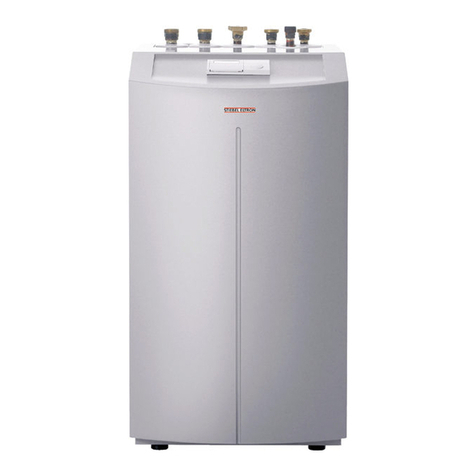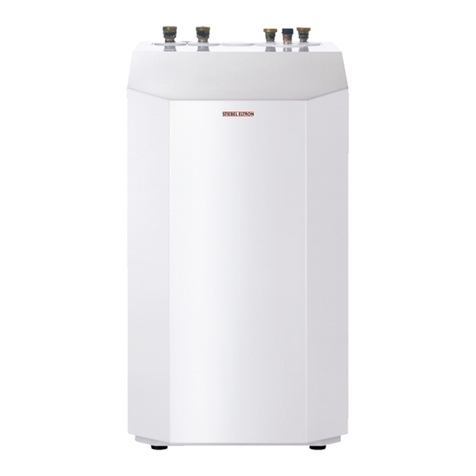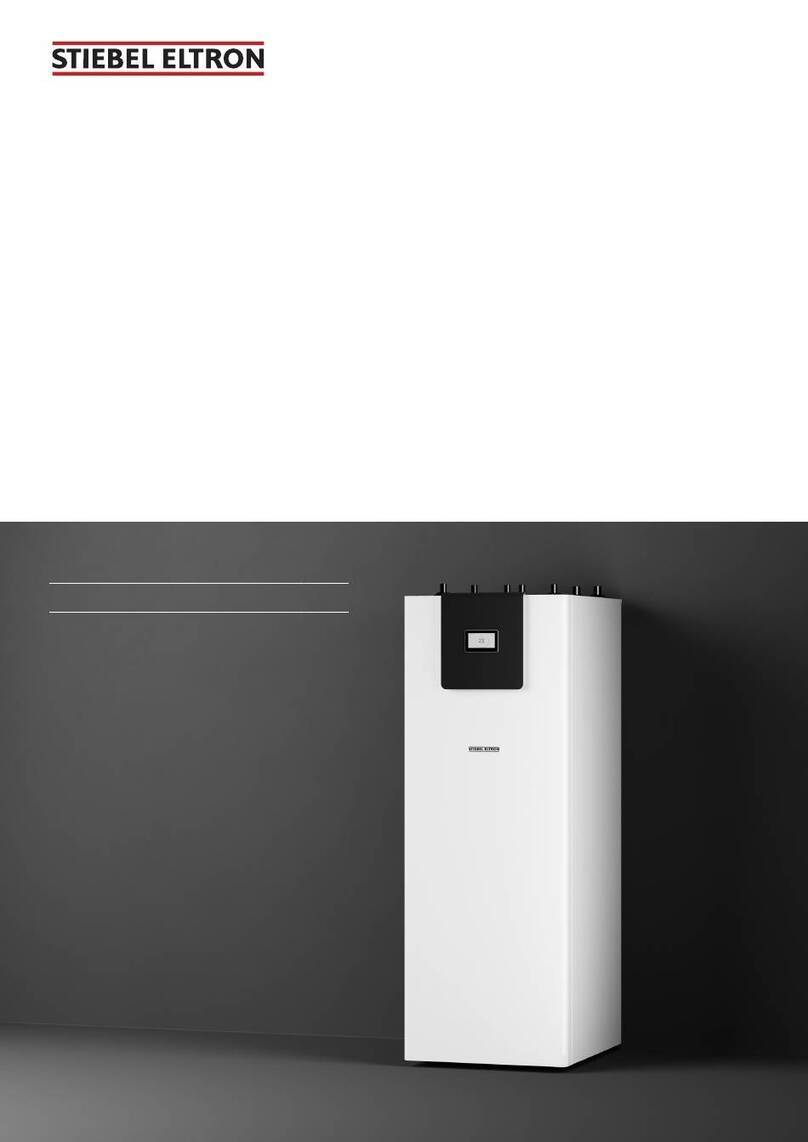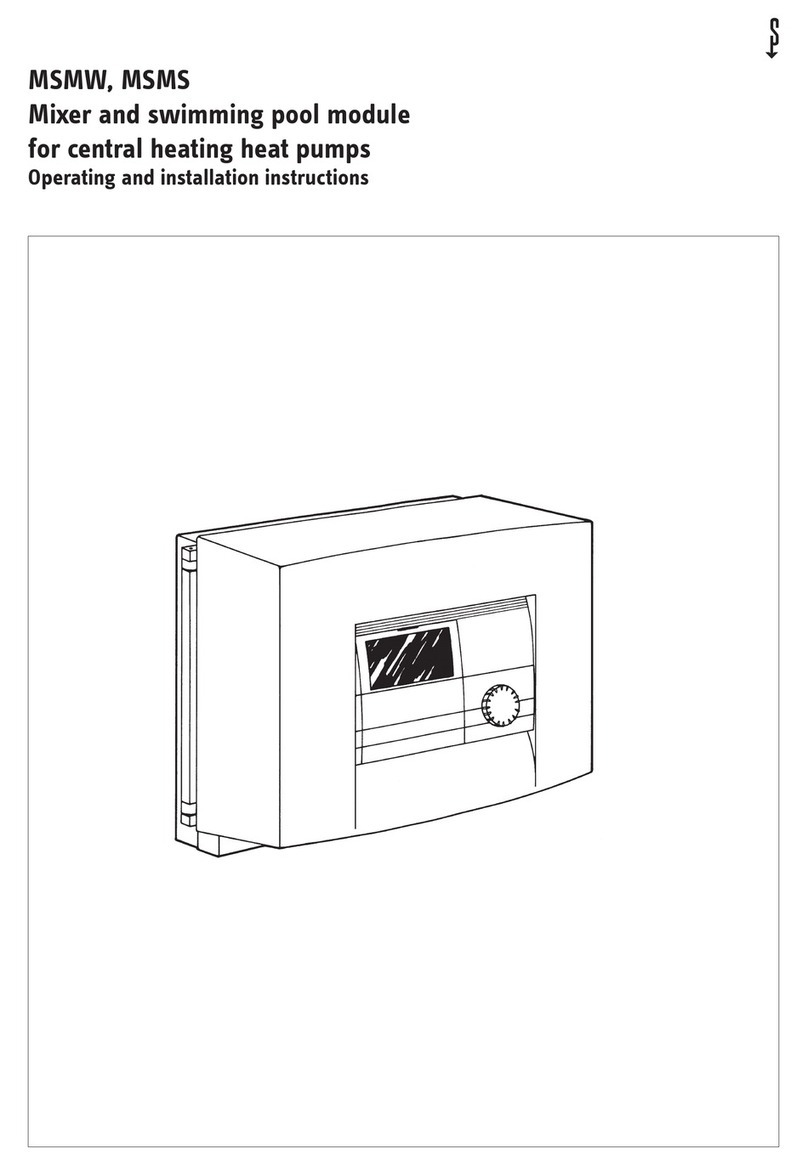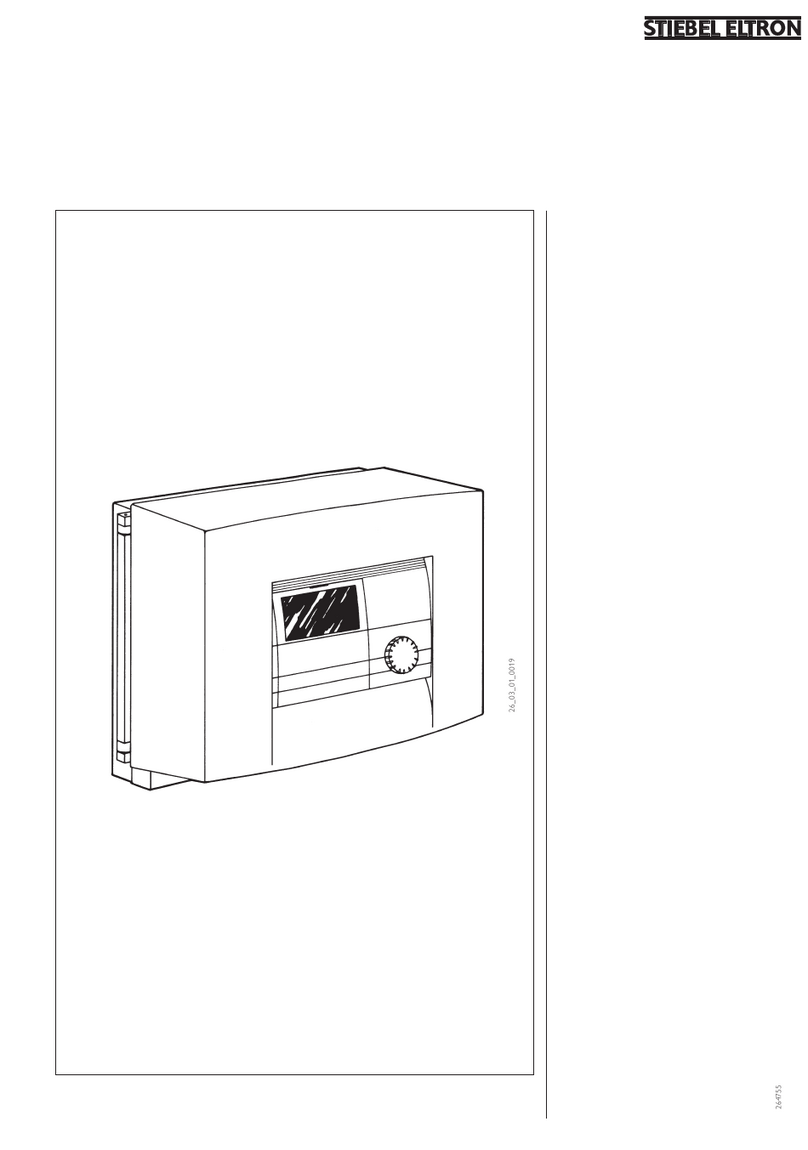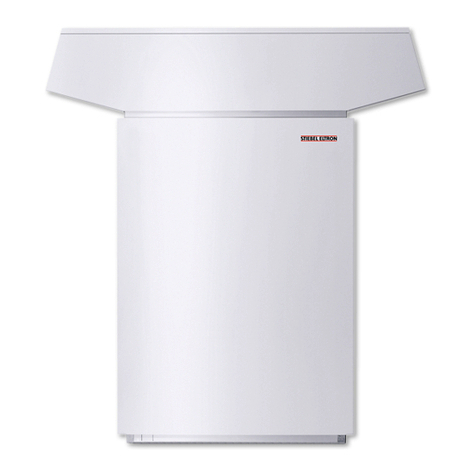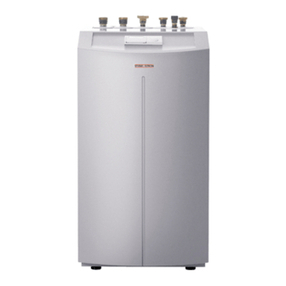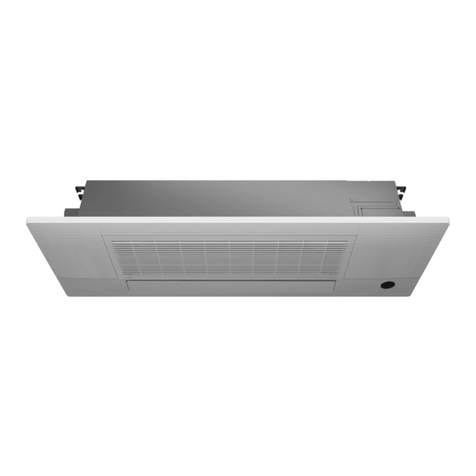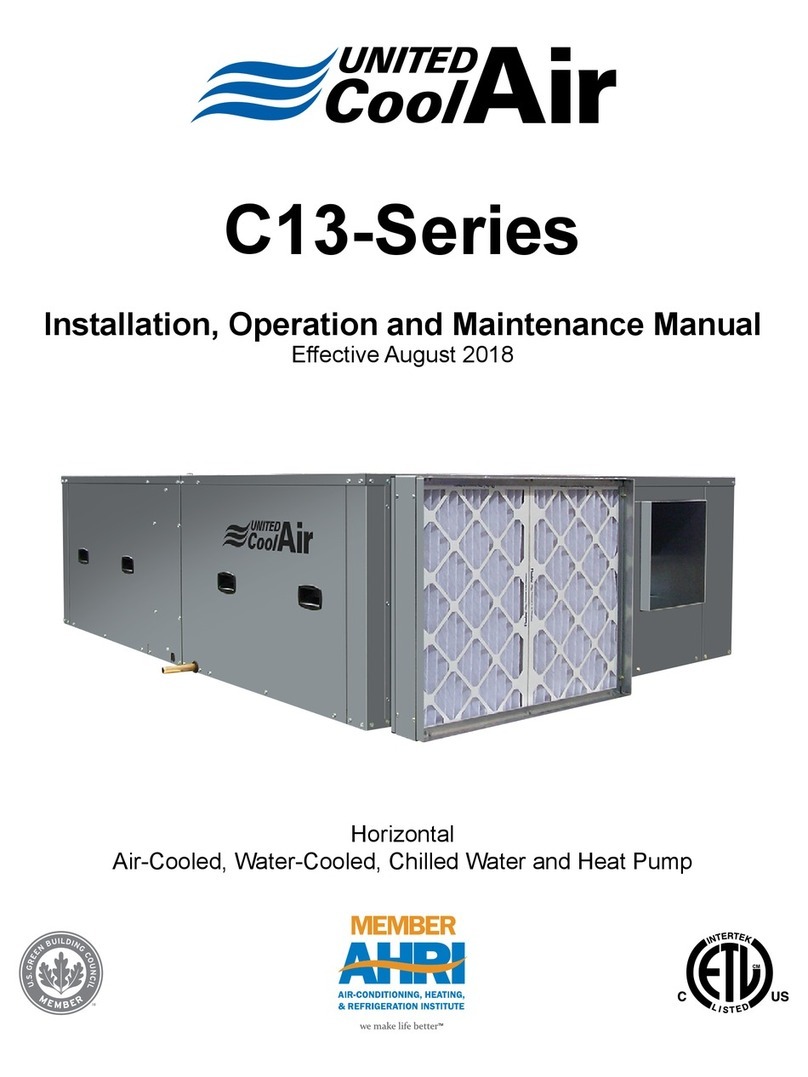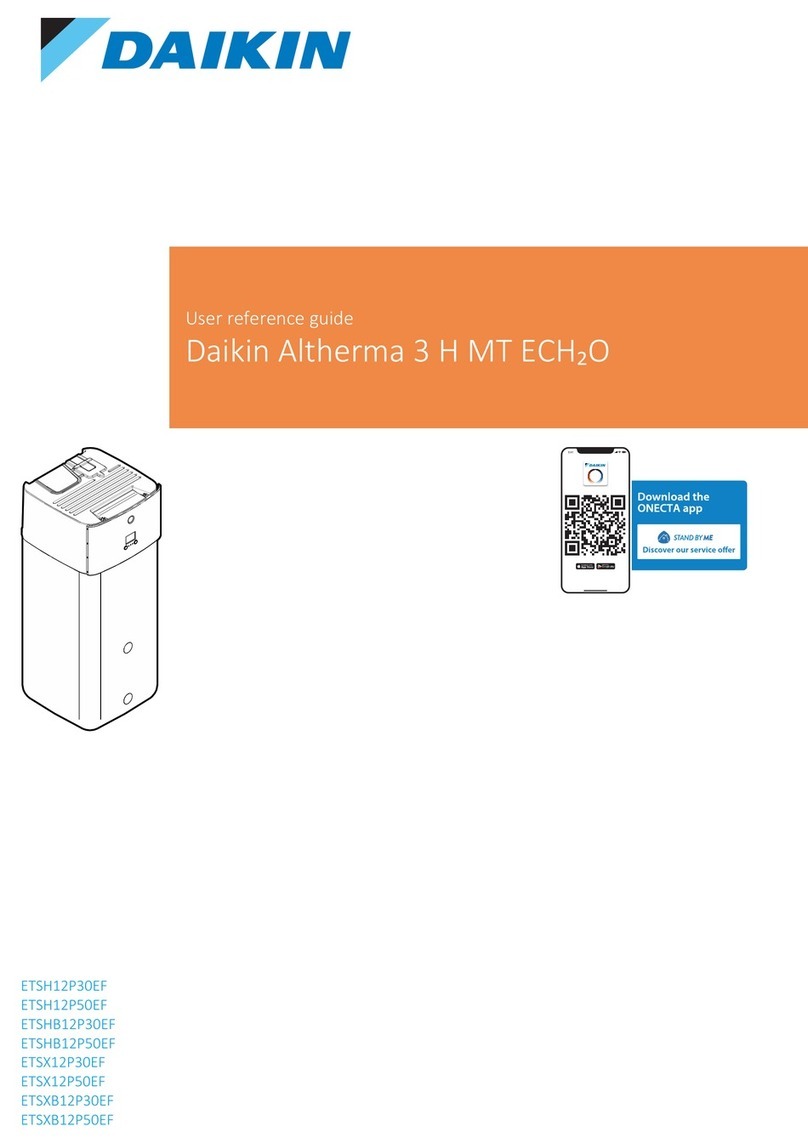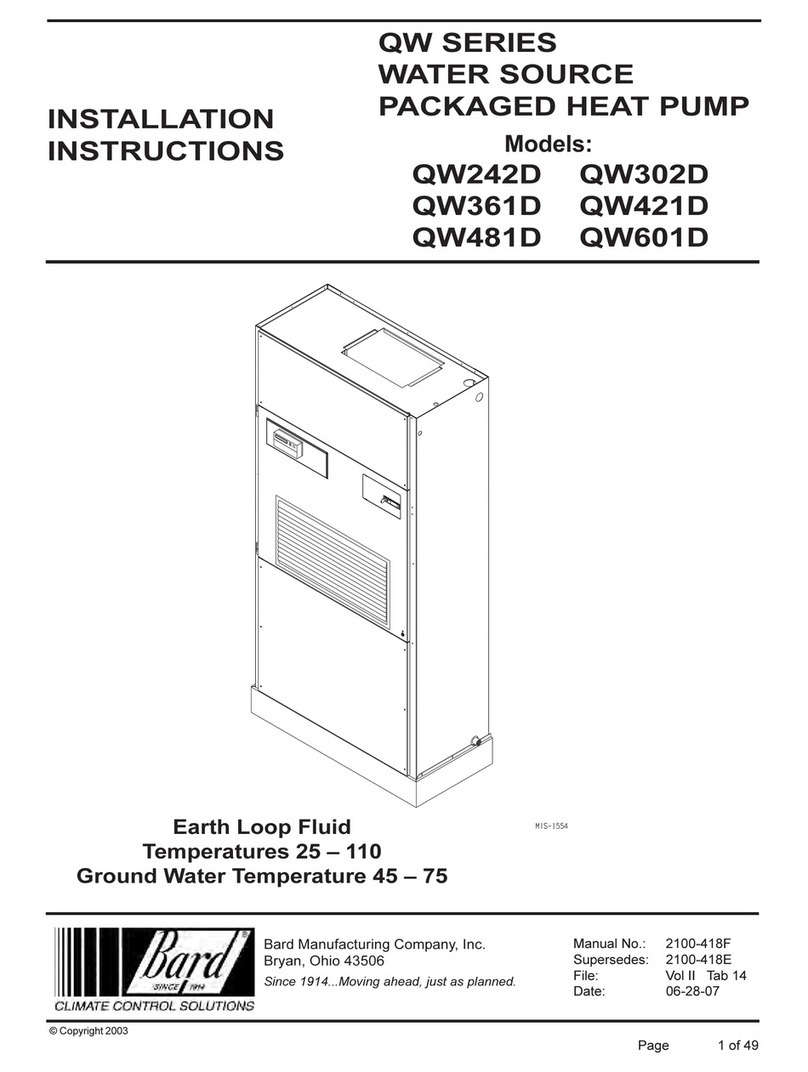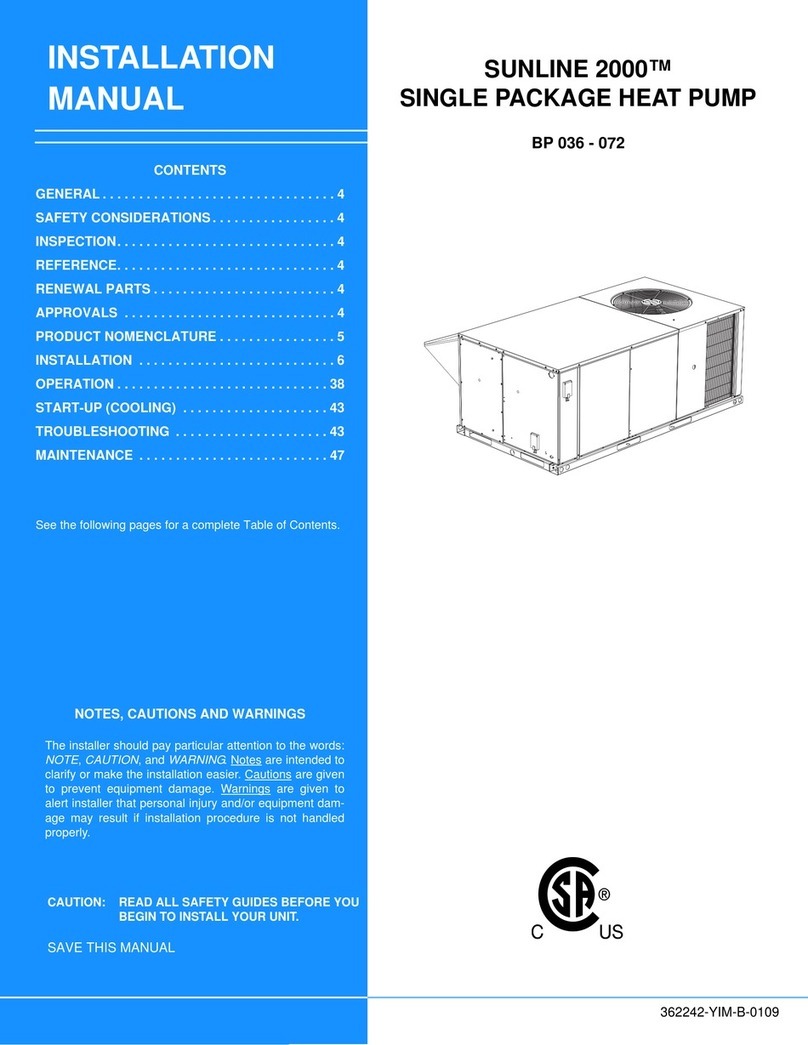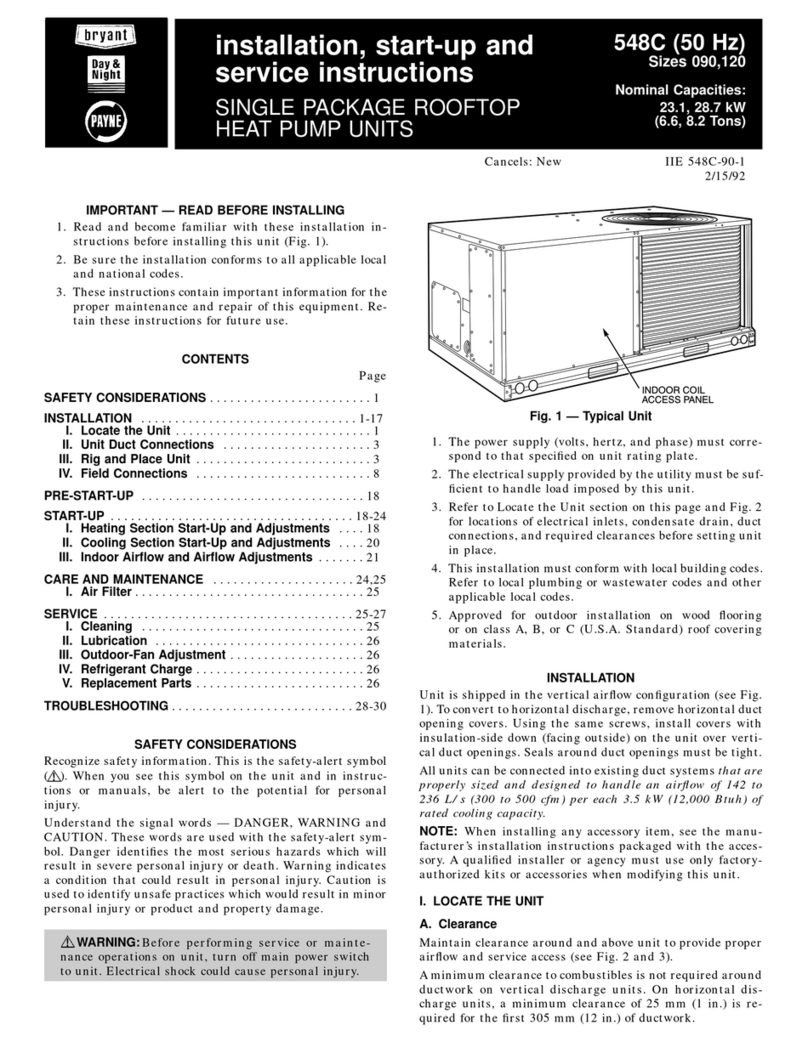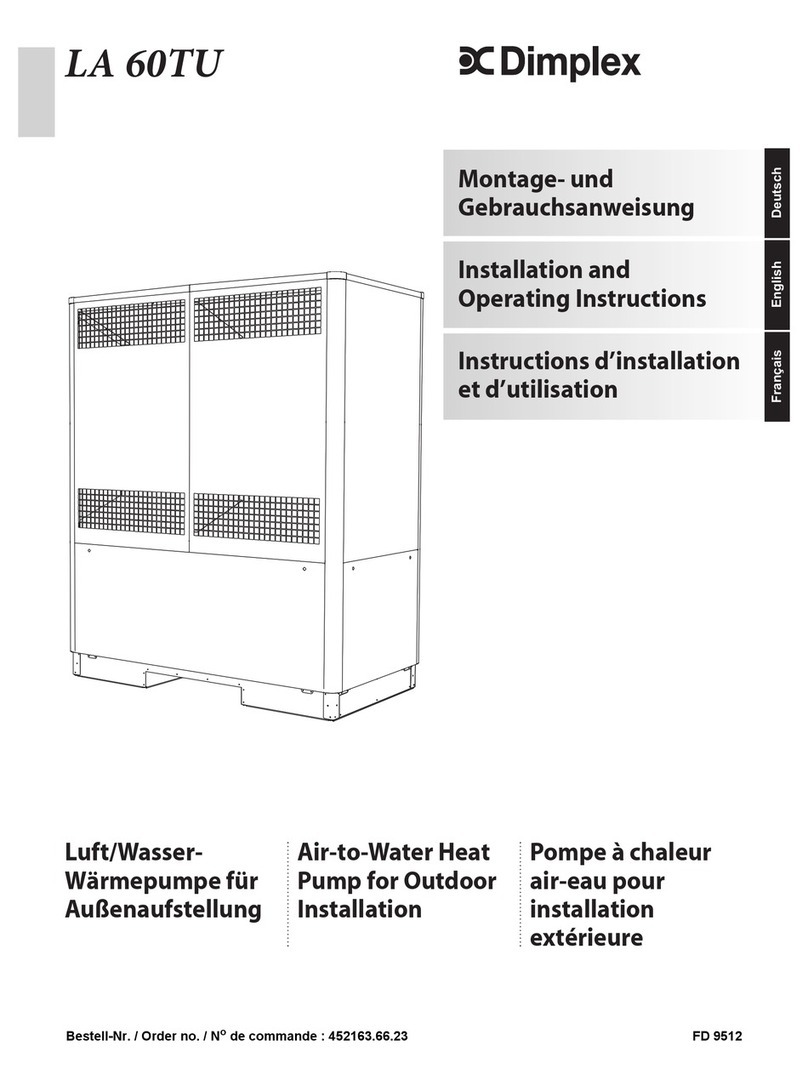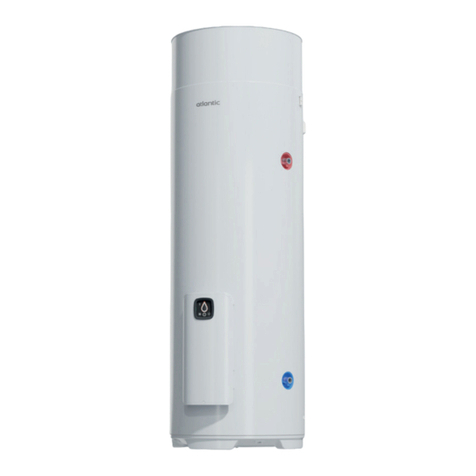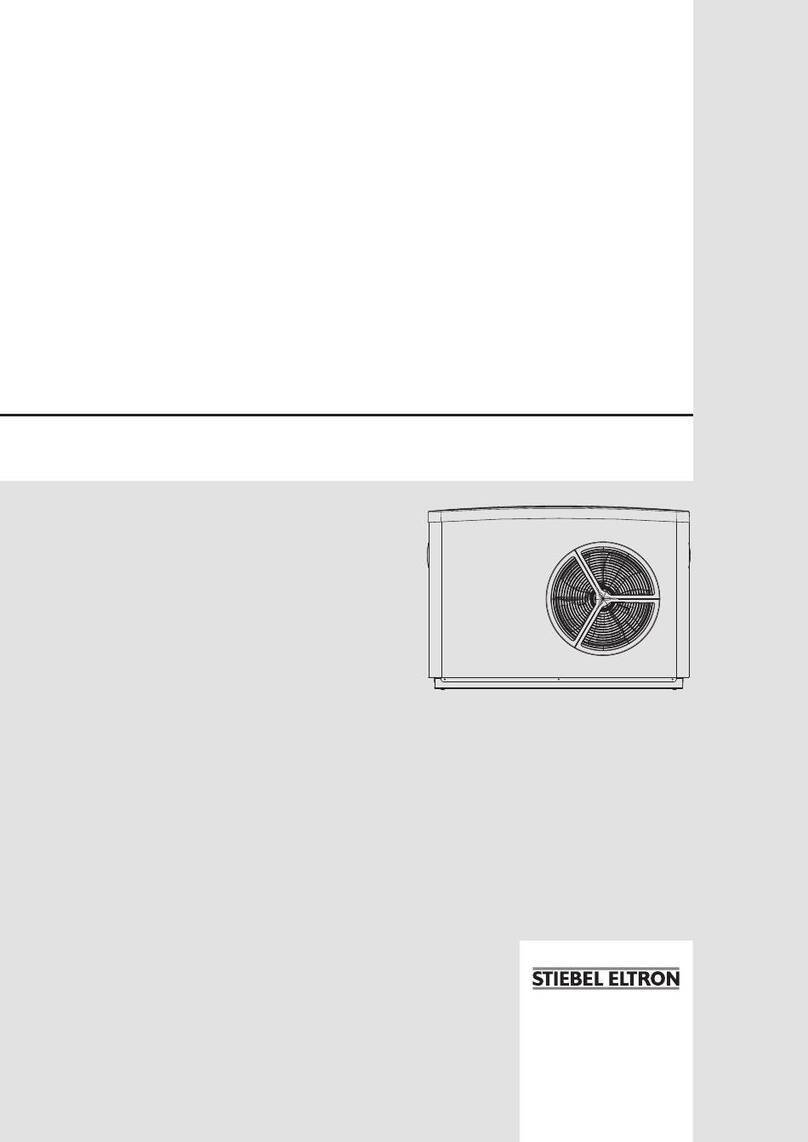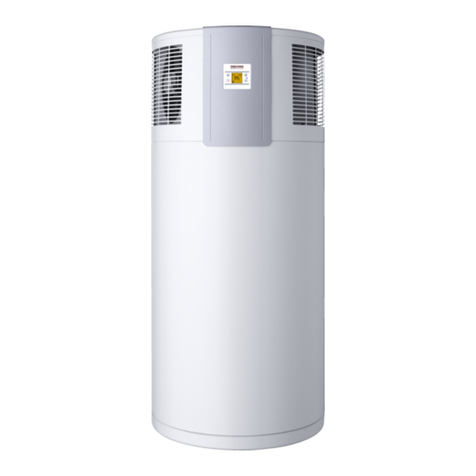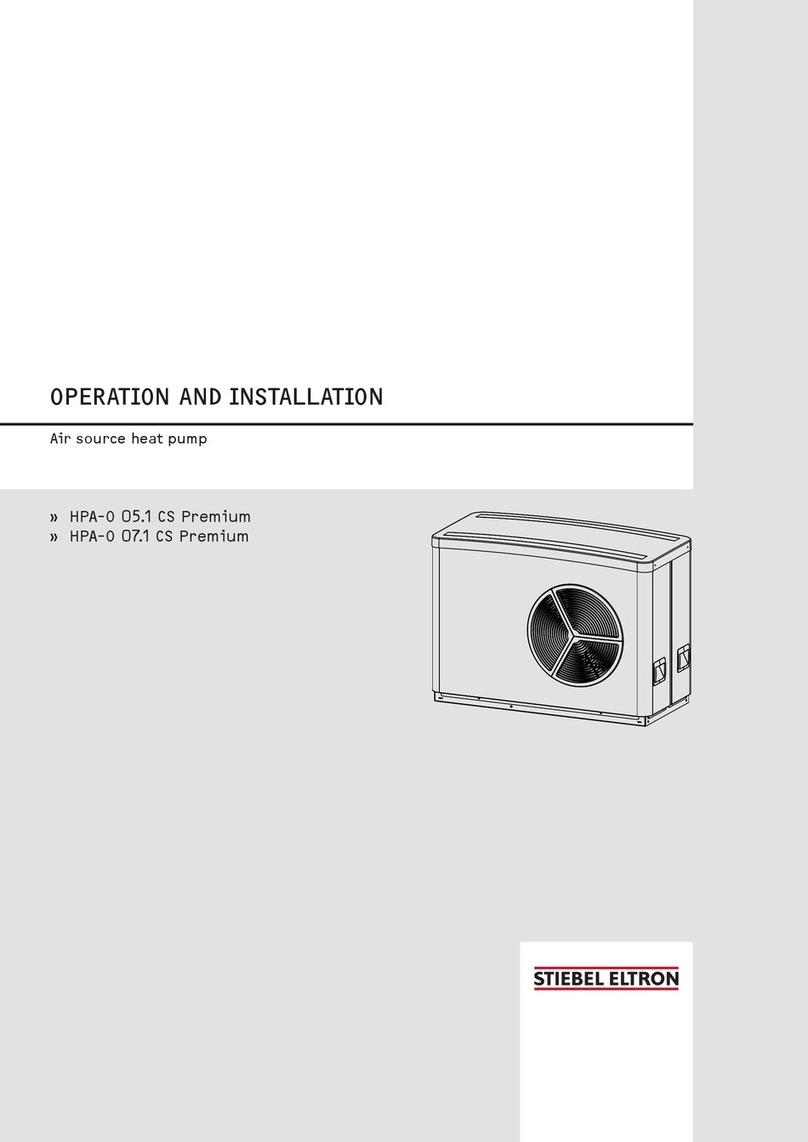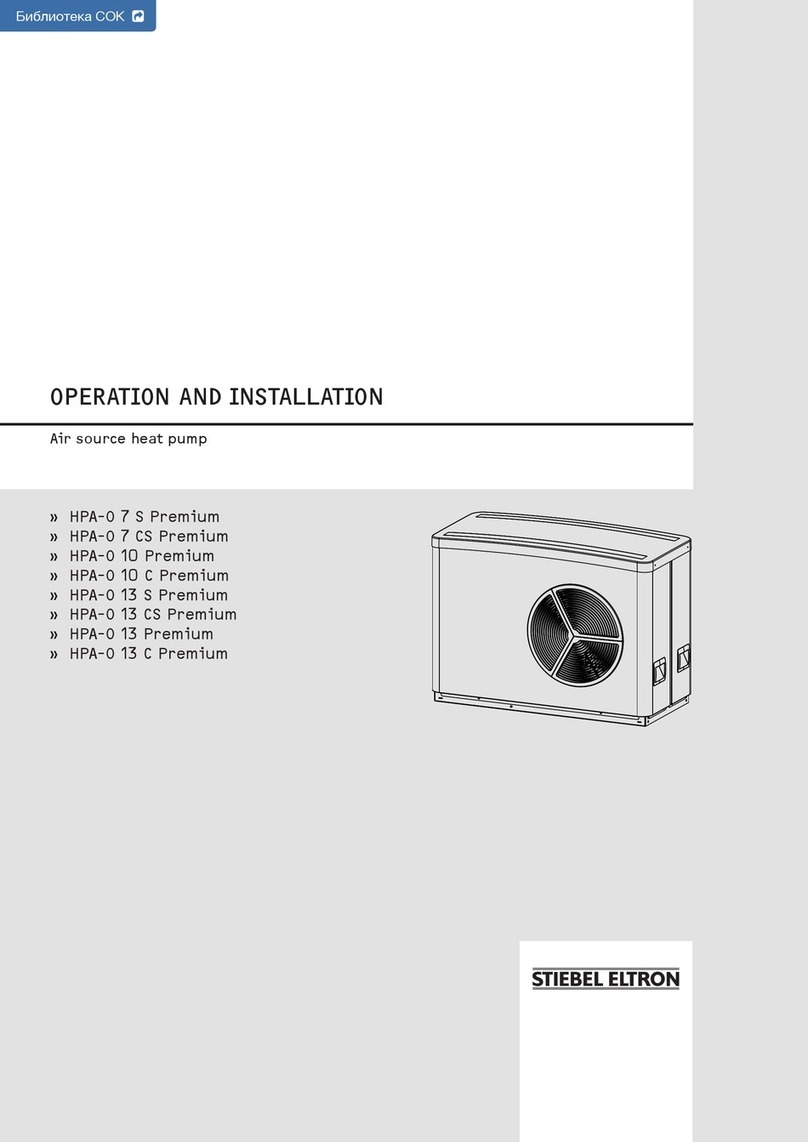
3
1.4 Operation
The operation is split over three control
levels. Control levels 1 and 2 are accessible to
users and contractors alike. Control level 3 is
reserved for contractors:
Control level 1 (control flap closed)
At this level, parameters, such as room
temperature, DHW temperature, heating
programs, etc. can be adjusted (for this, see
section 1.8.2).
Control level 2 (control flap open)
At this level, parameters, such as room
temperature, DHW temperature, heating
programs, etc. can be adjusted (for this, see
section 1.8.2).
Vital facts in brief
Settings
All settings follow the same pattern:
Opening the control flap toggles the WPMi
into programming mode.
An indicator symbol is shown at the
bottom of the display at system parameter
1..,3$,/.
Turning rotary selector allows you to
move the indicator to the parameter you
want to change.
Press to change the value of the
parameter. Whenever the red indicator above
illuminates, you can modify the current
value by turning rotary selector . Press
again; the illuminator then extinguishes and
the new set value has been saved. You can
modify further values for this parameter by
pressing , if the red indicator has not been
extinguished above . The programming
step can only be terminated when the red
indicator has extinguished.
Terminate programming
You can terminate the process after entering
and saving the required parameter changes
by closing the control flap. However, if you
want to make further changes, turn the
rotary selector until the display shows
! "*, then press This will return you to
the previous level. Closing the control flap
with illuminated indicator above returns
the WPMi into its original position. The
modified value will then not be saved.
1.5 What to do if . . . ?
. . . there is no hot water or the heating
system stays cold:
Check the fuse/circuit breaker in your fuse box.
If it has blown/tripped, replace/reset the fuse/
MCB. Notify your local contractor if the fuse/
MCB blows/trips again.
1.3 Important information
The heat pumps must only be
installed and maintained by qualified
contractors.
Never:
zuse process media, which are not
expressly approved
zheat liquids other than heating water
zinstall the equipment
a) outside
b) in rooms where there is a risk
from frost
c) in wet areas, e.g. bathrooms
d) in rooms where there is a risk of
heavy dust contamination
e) in areas, where there is a risk of
explosions
zoperate the equipment
a) outside the stated temperature limits
b) without minimum flow rate on the
heat source and heat utilisation side
The DHW cylinder is at mains water pressure.
During heat-up, expansion water drips from
the safety valve, if no DHW expansion vessel
is installed. Inform your local contractor of
water drips from the system after the heat-
up process has ended.
Control level 3 (for contractors only)
This level is protected by a code and should
only be used by contractors. At this level,
heat pump and system-specific details are
determined (for this, see sections 2.11 and
2.13).
During commissioning, a system
check will be implemented,
e.g. all sensors that are currently connected
are displayed upon request. Sensors not
connected before the system went ‘live’
are not registered by the WPMi and are
therefore not displayed. The indicator
symbol skips that parameter.
Summary of WPMi functions
zRS 232 interface for adjustment and
monitoring via a PC
zSystem expansion through the FEK and
FE 7 remote control units
zInput of the system and heat pump frost
protection limits
zAt least 24 h backup power for the clock
zAutomatic pump kick-start
zReset option
zStored fault list with precise fault code
indication, together with date and time
display
zRapid and accurate fault diagnostics using
system analysis including temperature
scan for heat pump and peripheral
equipment without regarding additional
equipment.
zFactory settings for time switch programs
for all heating and DHW circuits
. . . the DHW flow rate is too low:
Remove the contamination and/or scaling
from perlators in water taps or shower heads.
. . . the red signal indicator illuminates:
Ask your local contractor to check or replace
the signal anode, if required.
Notify your local contractor in case of all other
faults.
1.6 Maintenance, care and safety
Maintenance work, e.g. checking
the electrical safety, must only be
carried out by a qualified contractor. Protect
the equipment from dust and dirt ingress
during building work.
A damp cloth is sufficient for cleaning all
plastic and sheet steel parts. Never use
scouring or solvent-based cleaning agents.
Scaling
Almost every type of water deposits limescale
at high temperatures. This settles inside the
appliance and affects both the performance
and service life. If a flanged immersion heater
is installed, the heating elements must be
descaled from time to time by a heating
contractor. A heating contractor who knows
the local water quality will tell you when the
next service is due.
Check the taps regularly. You can remove
limescale deposits at the tap outlets using
commercially available descaling agents.
Risk of injury
Where children or persons with
limited physical, sensory or mental
capabilities are to be allowed to control this
appliance, ensure that this will only happen
under supervision or after appropriate
instructions by a person responsible for
their safety.
Children should be supervised to ensure
that they do not play with the appliance.
1.7 Operating and installation
instructions
Subject to the relevant system, also observe
the operating and installation instructions
of the components of which the system
comprises.
Keep these operating and
installation instructions safely and
pass them on to any new user, should the
equipment change hands, and let your
contractor check their content in conjunction
with any maintenance and repair work.























